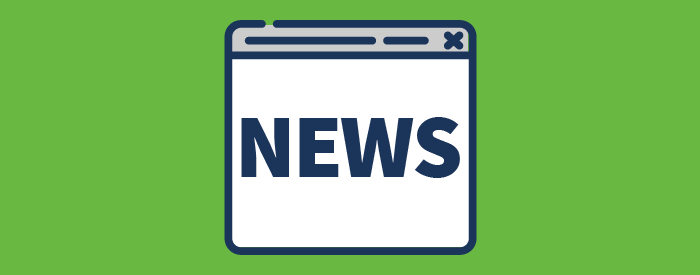The Secure 2.0 Act of 2022
This article appeared in the Q3 2023 issue of The Californian.
In a move that could have a huge impact on employee morale, retention and recruitment, President Joseph R. Biden signed the Secure 2.0 Act of 2022 into law to change the tax rules that apply to employer-provided retirement.
This new legislation is designed to encourage workers to save more for their future retirement and improve retirement savings opportunities. Some of the provisions already took effect on Jan. 1, 2023, while others take effect at the beginning of next year and into 2025. In total, there are 92 retirement-saving provisions, which include the following key benefits:
- Automatic enrollment, automatic escalation
- Catch-up contribution increases
- Optional Roth treatment of employer contributions
- Expanded eligibility for long-term, part-time employees
- Treatment of student loan payments for matching contributions
- Emergency savings accounts linked to retirement plans
- Saver’s match, immediate incentives for participation
- Expanded credit for retirement plan administrative costs
The Secure Act 2.0 also requires that employers make significant adjustments for their workers, which may need extensive IRS and DOL guidance. Additional IRS guidance is expected in late August or early September, based on findings from the open comment period.
Ensuring that staffers are informed of all the changes and know what actions are required of them will most likely require assistance from third-party administrators, pre-approved sponsor plan documents and updates to policies and administrative systems.
Increasing administrative responsibilities
Because of the retirement plan reform, business owners may have to take on heavier administrative burdens that could require more time and energy in terms of human resource departments.
Employers can also expect increased responsibilities in terms of keeping employee data up to date, as well as providing a series of communications updating payroll providers and third-party plan administrators.
Consult with plan administrators
Even though a significant number of the SECURE 2.0 Act provisions will take some time before they’re actually effective, as a business owner, there’s a few steps that you can take to make sure you’re prepared.
Businesses can begin to sponsor an employee retirement savings plan now, as opposed to waiting. The current labor market is particularly competitive in a number of areas – and the same is true in regards to financial advice or tax services. Also, applying available tax credits can offset some start-up costs, which makes this a great time to take action.
Educate your workforce
For business owners, a more robust retirement plan program will mean creating new educational resources or making significant updates to the learning tools already available to employees. Training may be necessary for companies who will have to comply with new regulations, since technology is available to help equip workers with the tools that they need to take advantage of newly available tax benefits.
Naturally, it may also be necessary to educate staffers on the changes to the retirement system as a whole. Participants and beneficiaries may wish to update their estate plans to account for differences in the amount and timing of retirement plan distributions.
Speak to your software provider
If you use an integrated workforce management or ERP system to manage your human resources department, benefits and payroll activities, know that there is a plan in place for feature enhancements to cover new regulation requirements, such as automatic enrollment.
Learn more about available human resource tools by visiting teamsoftware.com or click the following link to set up a demo: Learn More.
